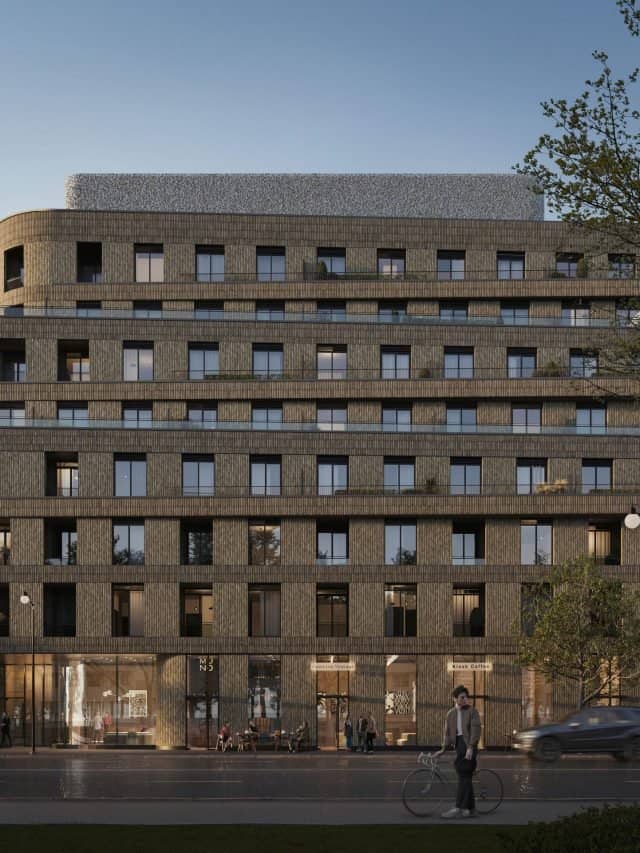- Condos
- Town Homes
- Neighbourhoods
- Toronto
- Bay Corridor
- CityPlace
- Entertainment District
- Distillery District
- Fashion District
- Financial District
- Forest Hill
- Fort York
- Garden District
- Harbourfront
- High Park
- Junction
- King West
- Leaside
- Leslieville
- Liberty Village
- Lytton Park
- Queen West
- Regent Park
- Roncesvalles Village
- St. Lawrence
- The Beaches
- The Annex
- Yonge and Eglinton
- Yorkville
- Mississauga
- Etobicoke
- North York
- Vaughan
- Richmond Hill
- Markham
- Oakville
- Burlington
- Toronto
- News
- Login
- Register



Choosing the ideal place to call home is a significant decision, one that involves…
Are you considering a move to the Greater Toronto Area (GTA) or the surrounding…
Hamilton, Ontario, has emerged as a vibrant city with a thriving real estate market.…
Toronto Area Real Estate Market Report for 2024
The Toronto condo market in 2024 is experiencing a unique phase. Sales have slowed, and developers are cautious, launching fewer new projects compared to previous years.
Toronto’s real estate market has always been dynamic, and as we move into 2024, several trends and predictions are shaping the landscape. The Toronto condo market in 2024 is experiencing a unique phase. Sales have slowed, and developers are cautious, launching fewer new projects compared to previous years. High interest rates have dampened buyer enthusiasm, leading to a sluggish sales environment. However, there’s potential for recovery if interest rates drop, which could stimulate demand and sales.
Investors currently own a large proportion of condos, and with mortgage renewals on the horizon, affordability is a concern. Despite these challenges, the market holds opportunities for buyers to find value, especially in pre-construction condos, as developers aim to sell existing inventory.
Here’s a comprehensive look at what we can expect this year.
Market Overview
As of March 2024, Toronto’s housing market indicates an average house price of $1,102,541, with 5,474 new listings in the last 28 days. The median days on market for a home is 20 days. Despite rising mortgage rates, the Toronto housing market saw increased activity in February, with sales growing another 33% after a similar growth in January
Trends
• Price Moderation: There’s a mixed bag of projections for 2024. Some experts predict a 6% rise in GTA home prices by the end of the year, while others forecast a 3% decline.
• Sales Volume: In February 2024, 5,607 home sales occurred, a 17.9% increase compared to February 2023.
• Property Types: The fastest price growth has been in semi-detached properties in the 416 area code, with a 3.5% YTD rise on a 26.4% rise in sales. Condo sales across the GTA have improved by 20% to 22%, though prices are down YTD by 1.2%.
Predictions
• Interest Rates: The Bank of Canada may be inclined to lower the central bank rate earlier, which could boost buyer confidence.
• Economic Factors: GDP and inflation are much lower in Canada than in the US, which could influence the housing market.
• Population Growth: The GTA’s population growth is driving up home prices and will continue to power demand for homes.
Detached homes VS. condos
In 2024, the Toronto real estate landscape presents a nuanced picture for potential homebuyers considering detached homes versus condos. The market has seen a slight increase in detached home prices, with an average price reaching $1.35M, reflecting a 0.7% year-over-year growth. Conversely, condo prices have experienced a downturn, with an average price decrease of 1.4% year-over-year to $695k.
This price divergence is influencing buyer decisions. Detached homes, offering more space and privacy, are becoming less attainable for the average buyer, pushing them towards the more affordable condo market. However, the lower condo prices also reflect a market with slower sales and cautious developer activity, resulting in fewer new project launches.
The choice between purchasing a home or a condo in Toronto hinges on several factors, including lifestyle preferences, budget constraints, and long-term investment considerations. While condos offer a more budget-friendly entry point into the real estate market and appeal to those seeking urban living, detached homes are favoured by those looking for more space and a traditional family setting.
Ultimately, the decision to purchase a home or condo in Toronto in 2024 will depend on individual circumstances, market conditions, and personal preferences, with affordability playing a key role in shaping buyer behaviour.
In conclusion, the Toronto real estate market in 2024 is poised for change. With varying predictions on price trends and an increase in sales volume, buyers and sellers should stay informed and agile. Whether it’s a buyer’s or seller’s market will depend on economic
City Of Toronto and The Greater Toronto Area
The GTA is a powerful economic, financial, distribution and commercial centre in North America and the world.
Explore the Greater Toronto Area (GTA)
The Greater Toronto Area is Canada’s most populated metropolitan area. The City of Toronto and 4 regional municipalities that surround it including York, Peel, Halton and Durham make up the GTA. In all, there are 25 rural, suburban and urban municipalities within the Greater Toronto Area. Almost 6,500,000 people live in this area according to the latest census, which was taken in 2016.
Geography
Burlington lies in the southwest part of the GTA and the region extends across downtown Toronto and Lake Ontario to Clarington in the East. At the most northern tip of the GTA you’ll find Brock, which is located in the Durham Region.
This is a huge area of land covering approximately 7125 km². Lake Ontario lies to the south, the Niagara Escarpment can be found on the west, Kawartha Lakes lies on the east while Lake Simcoe is situated just north of the GTA. It is also a part of the Ontario Peninsula and this region creates the Greater Toronto Bioregion, which is its own natural ecosystem.
GTA Economy
The GTA is North America’s 2nd largest financial centre and generates approximately 1/5 of the GDP in Canada. In terms of business headquarters in Canada, 40% of them can be found in this area. An estimated 2.9 million employees work in the Greater Toronto Area with more than half working in the service sector. The service industry sector provides more than 72% of the GDP of the region.
The 5 big banks of Canada all have their headquarters located in the Toronto Financial District. As well, the Toronto Stock Exchange headquarters can be found within the City of Toronto.
In terms of the high-tech companies in the country, the largest concentration of them can be found in Markham. For this reason, the city has also been known as the High-Tech Capital of Canada. The GTA is also North America’s 2nd largest automotive centre with many big-name assembly plants such as Chrysler, Ford and GM located here along with many Canadian automotive headquarters. In fact, about 10% of the GDP of the region comes from the automobile industry.
Transportation
Residents living within the greater Toronto area have many options to choose from when it comes to public transportation. Some of the public transit operations found within the perimeter of the GTA include:
- Durham Region Transit
- Milton Transit
- Brampton Transit
- Oakville Transit
- TTC (Toronto Transit Commission)
- Burlington Transit
- Go Transit
- Miway (in Mississauga)
- York Region Transit
Highway 401 is the GTA’s major roadway and is the longest highway in Ontario. It is also one of the world’s busiest highways and part of the roadway that goes through Toronto is the busiest highway in volume in North America.
Toronto Pearson International Airport is located in Mississauga and serves the GTA. This is the busiest and the largest airport in Canada with almost 50 million passengers using the airport in 2018.
There is also an important maritime infrastructure located here including the Port of Toronto. This port along with the Port of Oshawa handles anywhere from 2 to 4 million tons of cargo every year. In 2019, it also served 12,000 passengers for cruise lines.
The GTA is a powerful economic, financial, distribution and commercial centre in North America and the world. It has loads to offer to both residents and to visitors and offers a lot of opportunity for employment, relaxation, entertainment and exploration.
Toronto New Condos
If you are looking to buy a condo or townhouse, new or resale – finding the right place to invest or live is easy to do on CondoRoyalty.
Pre-Construction Condos
Get real VIP access to secret builder events for new pre-sale condominium and townhouse developments. You can leverage the power of thousands of Royalty Members to get you the best selection of available units with great incentives. Sign up with us and get a builder representative to contact you within 15 minutes.
Find all Toronto, Mississauga, Etobicoke, North York, Vaughan, Richmond Hill, & Oakville Condos!
Condo Royalty is a 100% transparent Real Estate platform for all new Condo projects & Town homes for sale in the GTA
Search, Download and Share Condo Price lists, Floor plans, Videos, Pictures, Facts and Compare new Condominium & Townhouse developments all in one website.









